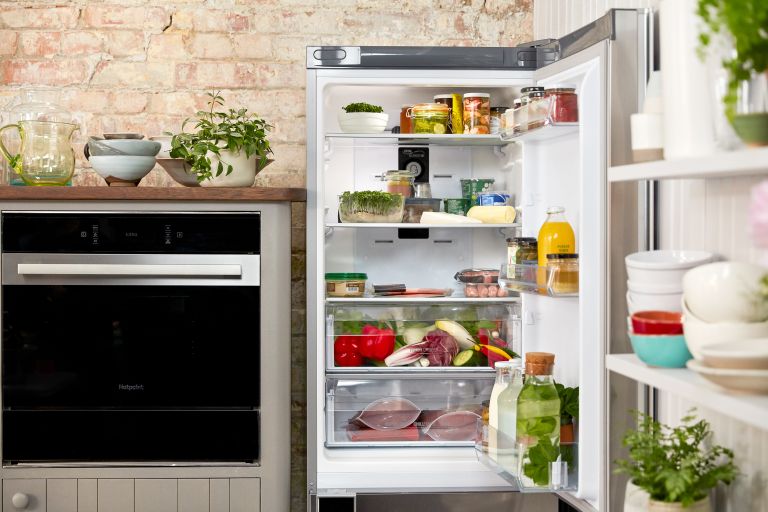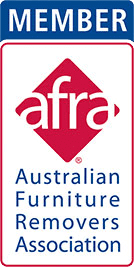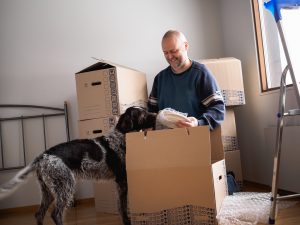How To Transport Frozen Food When Moving

While it’s a good idea to start using up all your items in the fridge and freezer in the weeks leading up to your move, it’s not always as easy as it seems.
Is moving day fast approaching, and you’ve still got a freezer full of frozen food? Or perhaps you’ve just gone to do your weekly shop and out of habit restocked your freezer.
Well, there’s no need to stress. This guide from professional removalists will show you how to transport frozen food when moving. You don’t need to worry about wasting anything or throwing it out!
Only Pack Essential Food Items
The first thing you should do is to make an inventory of everything you have left in your fridge and freezer. Go through each item one by one, and put them into different categories. Are they perishable or non-perishable items? Are they boxed items, canned goods, or glass bottles? Are they cooking or baking supplies?
Now that you’ve made a list, it’s time to figure out what to do with each thing, and whether you want to bring it to your new home.
Throw Out Any Expired Items
While making a list of each item, make sure also to write down what the expiry date is for each item. Differentiate between ‘use by’ dates and ‘best before’ dates.
Doing so will help you immediately decide which items are ready to be thrown out. If there are any dents in cans, it’s usually a sign that it’s time to discard it too.
Are there any large containers or bottles, with only a tiny amount left in them? Usually, it’s not worth the space they take up, and throwing out the rest might be a better solution. Otherwise, you can pour the ingredients into some other smaller containers.
Share Your Food With Friends and Family
Instead of throwing out any food which you don’t want to eat or take with you, you could instead share it with your friends, or family. It also makes a great way to say goodbye to your neighbours before you move. Another alternative can be to donate it to a local charity.
Cook Your Frozen Food
In the week leading up to your move, you should aim to cook as much frozen food as possible and eat it before you move. Try to have as many meals as possible during this time with your remaining frozen food and leftovers. Doing so can make it a lot easier than trying to move all your frozen items to your new home. You can also bring some cooked food into work to share with your colleagues.
During this time, you shouldn’t restock your fridge or freezer. If you run out of food, you can always order some takeaway.
Store Frozen Food In A Cooler Or Esky
What if you still have any food in your freezer? Well, it’s not a good idea to just bring them with you in a box or bag when it’s time to move – even if it’s only a short distance. By the time your fridge and freezer are unloaded and set up in your new home, it’s highly likely all the food will have defrosted.
Instead, use an esky to transport and store your food. Make sure to use ice blocks rather than ice cubes. It’s recommended to use half a kilo of ice blocks for each litre of your esky.
How To Pack Frozen Food
Fill up your esky as much as possible. Leaving any space may cause it to melt faster. If you don’t have enough items to fill it up, then add ice packs, and store your frozen food in layers. The more you have packed, the longer it will retain its cold temperature.
To eliminate any bacterial growth and food being spoiled, you must keep the temperature below 4 ̊C.
First, take any poultry and frozen meat and put them in the bottom of the esky. Use the newspaper as an insulator to stop any juices from the meat dripping on other items below.
Prevent Spills and Leaks
It’s likely that no matter how carefully you pack your food, and how secure the packaging seems, that spills and leaks will occur. To prevent this, you should seal everything which might leak in either a ziplock bag or sealable containers like Tupperware.
Transporting frozen food may seem like a complicated process. But, it’s still possible to achieve, by following the above tips and tricks.
Take your stress out of moving, with reliable, timely, and professional removalists you can trust. At Optimove, we won’t leave you stranded while your frozen food melts! For an obligation-free quote, call 1300 400 874 or contact us.



































